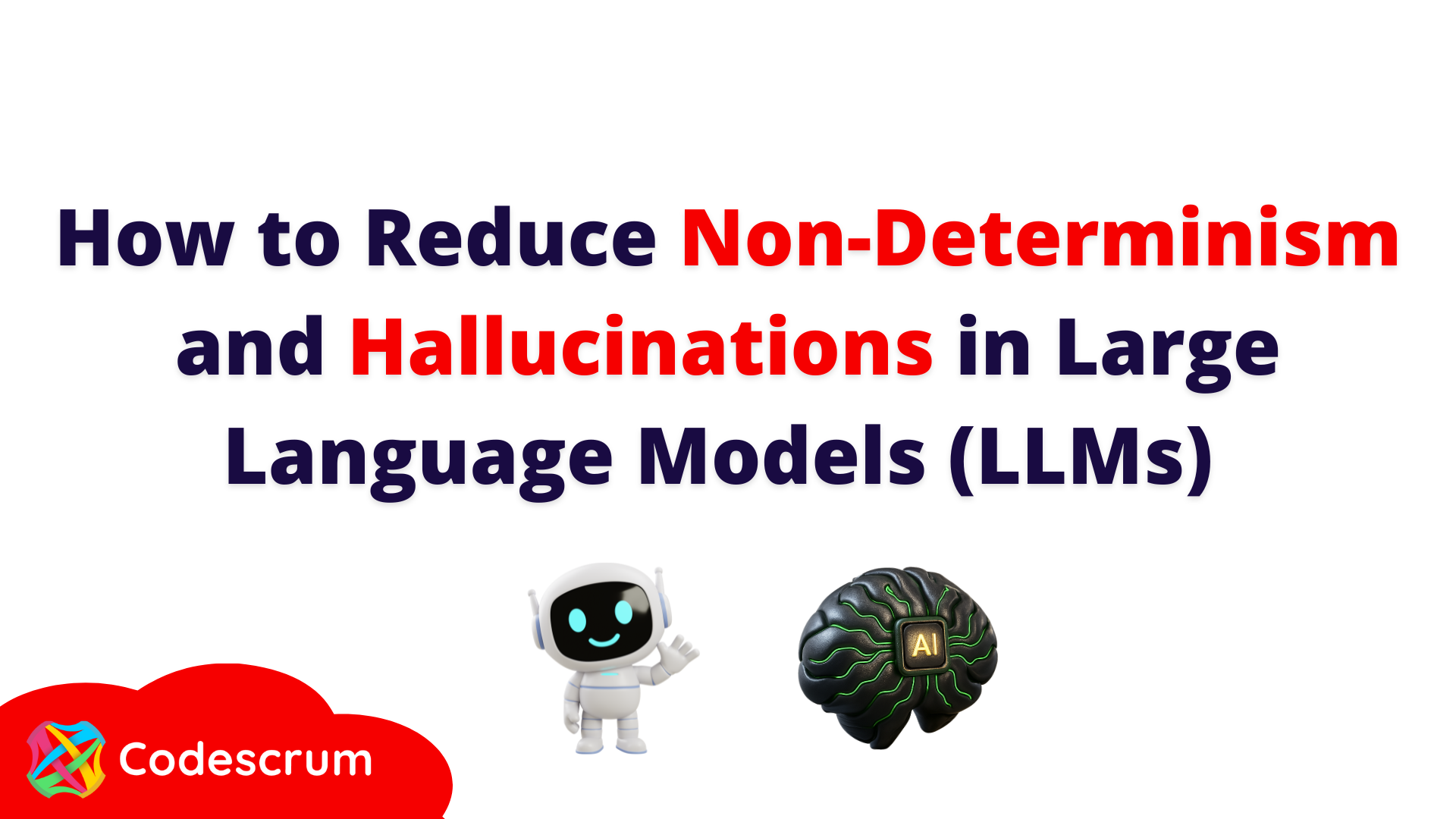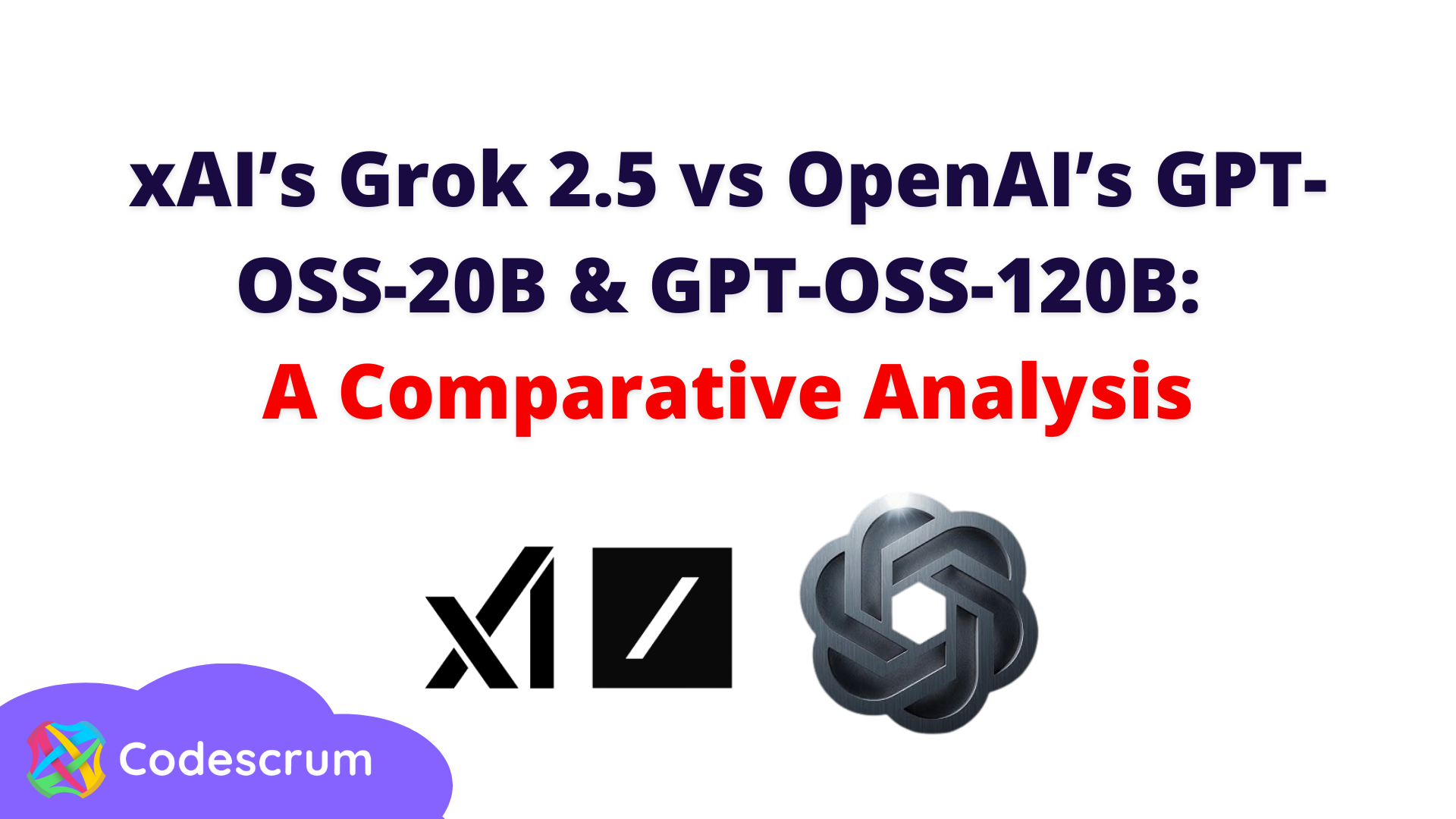The Blockchain Trilemma
The Blockchain Trilemma
Blockchain is a technology that has emerged partly to provide greater freedom and fluidity in managing money. Moreover, it acts as a technology that accelerates the exchange of information and valuable assets between participants in a process, eliminating the dependence on intermediaries.
As for the characteristics of Blockchain technology, we could highlight three:
- Immutable and shared: It only allows information to be added. Therefore, it is a record of information that cannot be modified. In addition, an identical copy of the information is distributed to all participants.
- Decentralised and scalable: There is no central operator, which makes it highly reliable as there is no single point of failure or attack. In addition, participants are organised by common consensus to validate stored information. Moreover, it has the ability to grow naturally, so the platform's power can grow progressively and based on demand.
- Secure and robust: blockchain technology uses cryptography to store information, which makes it immune to fraud. It is also worth mentioning that it draws on increased computational power by combining the computing power of all connected computers.
What is this trilemma about?
However, there is a problem linked to this technology: the so-called Blockchain Trilemma, a term coined by Vitalik Buterin. It consists of any developer having to sacrifice one of these characteristics to make room for the other two:
Scalability:
In the blockchain, scalability refers to how large a network can expand in the future while maintaining the current transaction speed and performance level. When scalability and decentralisation operate together, security suffers because security prevents innovations that would allow the decentralised network to scale. This occurs because decentralised networks are difficult to scale since they require much effort to operate.
Security:
Blockchain networks are not entirely secure, as a hacker can modify a blockchain and manipulate transactions if he gains control of more than half of the network (51%). Therefore, the more nodes there are in a blockchain, the more secure it is.
Decentralisation:
Most protocols use Proof of Work (PoW) to achieve greater decentralisation. This means that much energy is needed to operate, making transactions per second very low and, therefore, more difficult to scale.
Solutions to the Blockchain Trilemma
In trying to solve this problem, some projects do so at layer 1, while others seek to address their weaknesses through a layer 2 solution.
Layer 1:
Layer 1 networks refer to blockchains, while layer 2 protocols refer to a third party's integration of a layer 1 blockchain. For example, Bitcoin, Litecoin and Ethereum are layer 1 blockchains.
Layer 1 scalability solutions augment the base layer of the protocol itself to improve its scalability. They change the rules of the protocol to increase the speed and capacity to process transactions while adapting to process more data and serve more users.
For example, a layer 1 scalability solution could increase the amount of data contained in each block on the blockchain.
An example of a layer 1 enhancement is sharding, which in a nutshell, consists of dividing the state of the entire network into different data sets called shards. In this way, nodes have to maintain less of the network, which makes their work more manageable.
These network shards are processed at the same time in parallel, allowing sequential work. Individual shards provide evidence to the main blockchain and interact with each other to share addresses, balances and other data using inter-shard communication protocols.
Layer 2:
Layer 2 solutions refer to a network that operates on top of a blockchain to improve its scalability and efficiency. This type of solution passes part of the transaction load to an adjacent system that handles most of the network processing and reports back to the main blockchain upon completion of the results. In this way, the main blockchain is decongested.
For example, the Lightning Network is a layer 2 solution created to improve the transaction speeds of the Bitcoin network.
Other layers 2 examples are:
- Nested blockchains
Nested blockchains are one blockchain built on top of another. A nested blockchain generally includes a primary blockchain that sets the parameters and a secondary network where executions occur.
- Sidechains
These are a sidechain associated with the primary blockchain via a bidirectional connection. The purpose of sidechains is focused on managing a large number of transactions, as a sidechain could support the primary chain in validating different transactions in blockchain networks. In this way, the primary chain finds enough time to solve security problems.
- State Channels
State channels facilitate the option of transacting without regard to the primary chains, allowing miners to spend less time on verification.
State channels do not rely on verifying transactions at layer 1 of the blockchain and use smart contracts to do so. Once a transaction is completed, state channels ensure that the resulting state is stored in the primary layer.
- Rollups
Rollups are layer 2 protocols that can perform computations outside the primary chain. In addition, rollups can help manage transactions without any interference at the primary layer. As a result, rollups guarantee the higher performance of blockchain transactions while ensuring cost reduction.
Conclusions
A blockchain should have security, decentralisation and scalability. However, achieving a perfect balance in these three factors is difficult, which causes the Blockchain Trilemma: trying to improve scalability makes security and decentralisation suffer. On the other hand, improving the latter causes scalability to suffer.
The idea is to look for a second-layer solution that gets this problem out of the way. In this way, we can get scalability in these solutions while the first layer takes care of decentralisation and security.













